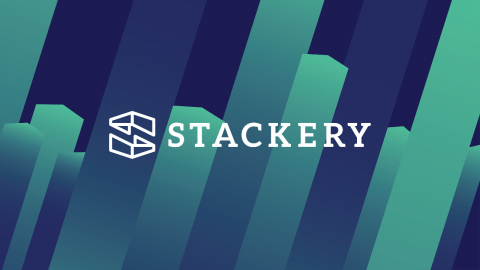Why You Should Go Serverless for DevOps
Over the last decade, DevOps has become an important part of software engineering culture, influenced by the wide adoption of microservices, containers and cloud computing. A recent step in the evolution of cloud-based and microservice architecture is the serverless computing – a code execution model where the cloud provider takes total responsibility for the operating system and hardware management.








